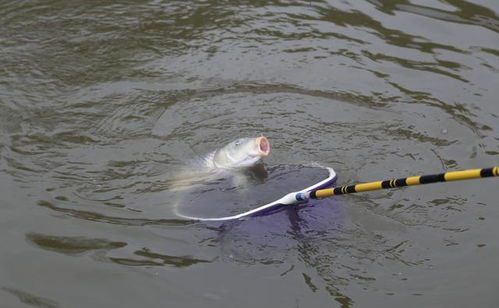Content:
Fishing is an ancient hobby that has been passed down through generations. Whether you are a seasoned angler or a beginner, finding the perfect fish spot is essential for a successful fishing trip. In this article, we will discuss how to find fish spots and share some expert fishing tips to help you improve your chances of catching fish.
Learn the Basics of Fish Behavior
To find fish spots, it is crucial to understand fish behavior. Fish often congregate in areas where they can find food, shelter, and safety. Here are some common fish behaviors to keep in mind:
- Food sources: Fish are attracted to areas with abundant food, such as weed beds, rock piles, and drop-offs.
- Cover: Fish seek cover to hide from predators, so look for submerged trees, logs, and rocks.
- Current: Fish tend to stay in areas with consistent currents, as these areas provide oxygen and food.
- Temperature: Fish are sensitive to water temperature and often gather in areas where the water is within their preferred range.
Research the Fishing Area
Before you set out on your fishing trip, do some research on the area you plan to fish. Here are some tips to help you get started:
- Consult local fishing guides or tackle shops for recommendations on the best fishing spots in the area.
- Read fishing forums and social media groups to gather information from other anglers.
- Study maps and topographic charts to identify potential fish spots, such as river bends, coves, and submerged structures.
Use Technology to Your Advantage

Technology can be a powerful tool when it comes to finding fish spots. Here are some gadgets and apps that can help you locate fish:
- Fish finders: These devices use sonar to detect fish, structure, and other underwater features.
- GPS devices: Use a GPS to mark your favorite fishing spots and navigate to them easily.
- Smartphone apps: There are numerous apps available that provide information on fish spots, weather conditions, and more.
Practice Your Fishing Techniques
Once you have identified potential fish spots, it's time to put your fishing skills to the test. Here are some tips to help you catch more fish:
- Use the right tackle: Match your lure or bait to the type of fish you are targeting.
- Adjust your presentation: Experiment with different retrieve rates, depths, and lure movements to entice fish.
- Pay attention to the weather: Fish are often more active during overcast days or when the wind is blowing.
- Be patient: Fishing can be a waiting game, so stay patient and persistent.
Stay Informed about the Environment
Keep an eye on the environment as it can affect fish behavior. Here are some factors to consider:
- Water clarity: Fish may be more difficult to spot in murky water, so choose a clear day for better visibility.
- Water temperature: Be aware of how water temperature fluctuations can impact fish behavior.
- Water level: During high water, fish may be scattered, while during low water, they may congregate in certain areas.
By combining your knowledge of fish behavior, research, technology, and fishing techniques, you'll be well on your way to finding fish spots and enjoying a successful fishing trip. Remember that fishing is a skill that takes time to master, so don't get discouraged if you don't catch fish on your first trip. Keep practicing, and you'll soon become an expert at finding fish spots and reeling in the big ones.












